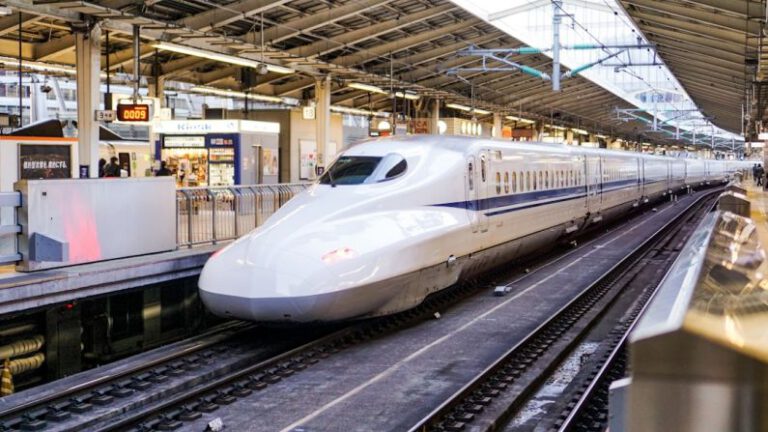The Channel Tunnel: Linking Continents under Sea
Stretching beneath the English Channel, the Channel Tunnel, also known as the Eurotunnel, stands as a marvel of modern engineering, connecting the United Kingdom with mainland Europe. This impressive structure has revolutionized travel between the two regions, providing a direct link that bypasses the need for ferries or flights. Let’s delve into the history, construction, and significance of this underwater passageway that has seamlessly linked continents under the sea.
**A Vision Realized**
The idea of a tunnel beneath the English Channel dates back centuries, with various plans proposed over the years. However, it wasn’t until the late 20th century that the dream became a reality. The Channel Tunnel project officially began in 1988, with construction efforts led by Eurotunnel, a consortium of British and French companies. Despite facing numerous challenges, including geological complexities and financial obstacles, the tunnel was successfully completed and opened for service in 1994.
**Engineering Feats**
The construction of the Channel Tunnel involved a series of remarkable engineering feats. With a total length of over 31 miles, the tunnel consists of three interconnected passages – two rail tunnels and a service tunnel. The tunnels, which run beneath the seabed at depths of up to 250 feet, required innovative construction techniques to ensure stability and safety. Immense tunnel boring machines were used to excavate through the chalk marl beneath the Channel, a process that demanded precision and expertise.
**Seamless Connectivity**
The Channel Tunnel has revolutionized travel between the UK and mainland Europe, providing a seamless and efficient transportation link. High-speed Eurostar trains shuttle passengers between London, Paris, and Brussels, offering a swift and comfortable journey that rivals air travel in terms of speed and convenience. The tunnel has also facilitated the transport of goods, enabling efficient trade and commerce between the two regions. With its strategic location and connectivity, the Channel Tunnel has become a vital artery for transportation and commerce in Europe.
**Cultural Exchange**
Beyond its practical implications, the Channel Tunnel has fostered cultural exchange and collaboration between the UK and Europe. The ease of travel facilitated by the tunnel has encouraged tourism and cross-border interactions, allowing people to explore diverse cultures and experiences. The tunnel has also strengthened economic ties between the regions, promoting cooperation and mutual benefit. By bridging the geographical divide between the UK and mainland Europe, the Channel Tunnel has played a significant role in promoting unity and understanding across borders.
**Environmental Impact**
While the Channel Tunnel has brought about numerous benefits in terms of connectivity and efficiency, it has also raised environmental concerns. The construction and operation of the tunnel have had impacts on the surrounding ecosystems, particularly in the marine environment. Efforts have been made to mitigate these effects through measures such as wildlife protection and habitat restoration. As we strive towards more sustainable infrastructure development, the lessons learned from the Channel Tunnel project can guide future endeavors in balancing progress with environmental conservation.
**Looking Ahead**
As we look to the future, the Channel Tunnel stands as a testament to human ingenuity and collaboration. Its enduring legacy as a symbol of connectivity and progress continues to inspire new generations of engineers and visionaries. With ongoing advancements in technology and infrastructure, we can expect to see further innovations in transportation and connectivity that build upon the foundation laid by the Channel Tunnel. As we navigate the challenges and opportunities of a rapidly changing world, the spirit of unity and cooperation embodied by the Channel Tunnel serves as a guiding light for a more connected and vibrant future.
In conclusion, the Channel Tunnel remains a remarkable achievement in the realm of transportation infrastructure, linking continents under the sea and bridging divides both physical and cultural. Its impact extends far beyond its concrete structure, embodying the possibilities that arise when vision, determination, and collaboration converge in pursuit of a shared goal. As we reflect on the significance of the Channel Tunnel, we are reminded of the power of innovation to transcend boundaries and unite us in common purpose.






